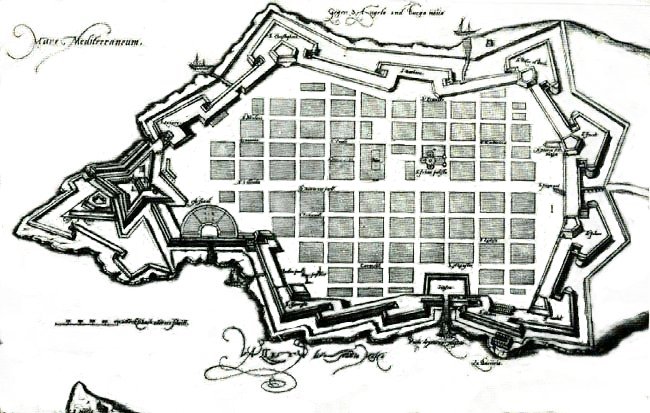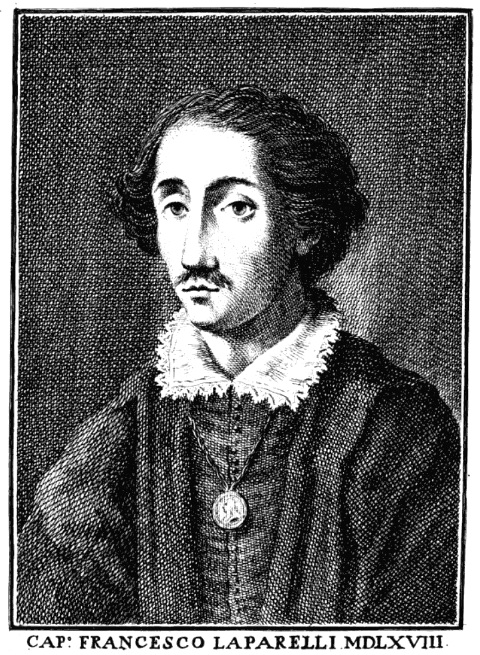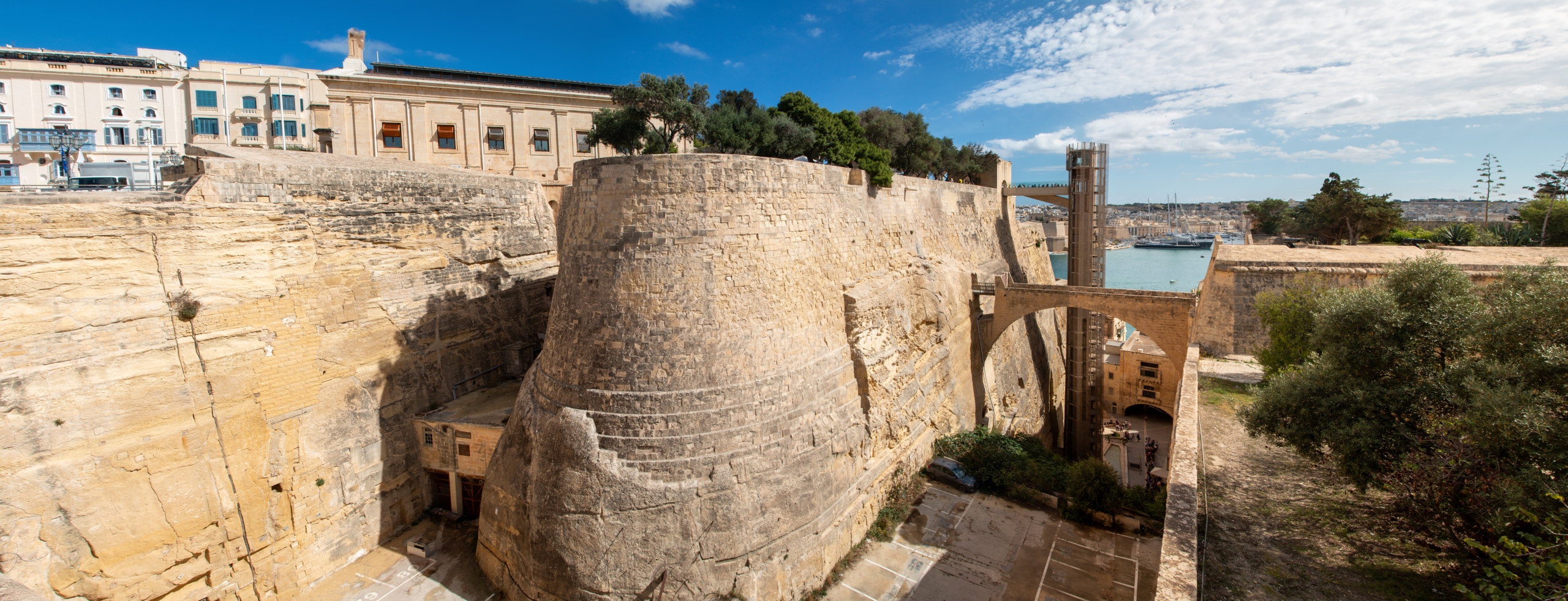A new exhibition at St. John’s Co-Cathedral in Valletta invites visitors to rediscover the city’s origins—not as a mere strategic stronghold, but as a visionary urban project shaped by Renaissance ideals. Titled Grand Ambitions, the exhibition celebrates the brilliance of Italian military architect Francesco Laparelli da Cortona (1521–1570), whose bold city plan continues to define Valletta’s identity as both civic and sacred space. Running until July 18, 2025, the exhibition marks the first time that original Laparelli drawings—including four plans of Valletta and a 16th-century map of Malta—are being shown in Malta.
On loan from the Accademia Etrusca di Cortona, these works reveal how Valletta’s geometric precision and axial layout were not merely defensive features, but expressions of a broader Renaissance worldview—one where reason, beauty, and order intertwined with faith and governance. In this light, Valletta becomes more than a city born from siege; it becomes a vision carved in stone.
Who Was Francesco Laparelli?
Francesco Laparelli was born in 1521 in Cortona, Italy, into one of the city’s wealthiest and most prominent families. As a young man, he pursued both military training and the study of mathematics and architecture, following the classical models of Euclid and Vitruvius. He also excelled at technical drawing. His career took a major turn when he collaborated with Gabrio Serbelloni—an engineer sent by Cosimo I de’ Medici to fortify Cortona—during the conflict between Florence and Siena.

More details
Map of Valletta in the 1580s. Public Domain
Laparelli eventually became a trusted engineer to Pope Pius IV and Cosimo I, and even worked alongside Michelangelo Buonarroti on the dome of St. Peter’s Basilica, contributing to studies on its structural stability. By 1565, as the Ottoman siege of Malta unfolded, Pope Pius V sent Laparelli to the island to assess and redesign its defenses. Rather than restoring the ruined Borgo area, Laparelli proposed building an entirely new fortified city atop Mount Sciberras—a plan embraced by Grand Master Jean de Valette.
He designed an urban layout based on a grid, which would allow for better air circulation in summer, and included modern drainage systems and a full ring of bastions around the city. He also called for the reconstruction of Fort St. Elmo at the peninsula’s tip. The foundation stone for Valletta was laid in March 1566, and in just two years the project advanced rapidly.
Although Laparelli returned briefly to Italy, he was later persuaded to return to Malta and continue his work. He remained in charge until 1569, when he left to assist in the Papal States’ naval campaign against the Turks. He died the following year in Crete, a victim of plague. The construction of Valletta’s most iconic buildings was then entrusted to his assistant, the Maltese architect Girolamo Cassar.
An Immersive Setting

The exhibition is housed in the Caravaggio Wing of St. John’s Co-Cathedral, an environment that perfectly frames this historical narrative. Originally built as the Conventual Church of the Order of St. John, the Co-Cathedral itself exemplifies the fusion of functionality and grandeur that Laparelli envisioned. His plans were brought to life by Cassar, whose buildings continue to define Valletta’s architectural identity.
The exhibition opened with a concert by Josep Solé Coll, principal organist of St. Peter’s Basilica, who performed on the Co-Cathedral’s baroque organ. His music added emotional depth to the evening’s themes of continuity and cultural layering. In his opening remarks, Professor Emmanuel Agius highlighted Laparelli’s “intelligent design” and civic foresight, describing him as a figure who moved fluidly between disciplines in pursuit of a lasting urban ideal.
A collaboration between Maltese and Italian institutions, the exhibition also reflects the enduring ties between Valletta and Laparelli’s hometown of Cortona. By reconnecting these two places, Grand Ambitions revives the historical networks that shaped early modern Europe—networks once traversed by pilgrims, traders, and military orders alike.
Seeing Valletta with New Eyes
Architectural historian Professor Conrad Thake deepened the exhibition’s intellectual framing with a lecture titled The Genesis of Valletta, analyzing how Laparelli’s vision blended Renaissance humanism with logistical pragmatism. His work laid out not just streets and bastions, but the foundations of a symbolic and administrative center for the Mediterranean.
For today’s visitors exploring Malta’s historic core, Grand Ambitions offers both insight and inspiration. It encourages reflection on how cities along pilgrimage routes were often shaped as much by architects and planners as by saints and relics. Valletta—with its grid-like clarity and ceremonial public spaces—stands as a living testament to this dynamic intersection.
Admission to the exhibition is included with a standard ticket to St. John’s Co-Cathedral. Beyond its immediate visual appeal, Grand Ambitions invites visitors to walk through Valletta with fresh eyes—eyes tuned to a city conceived not only to withstand siege, but to embody and express Renaissance ideals through its everyday civic and spiritual rhythms.
For details, visit stjohnscocathedral.com.
The Great Siege of Malta: A collective pilgrimage of Faith and Resistance





